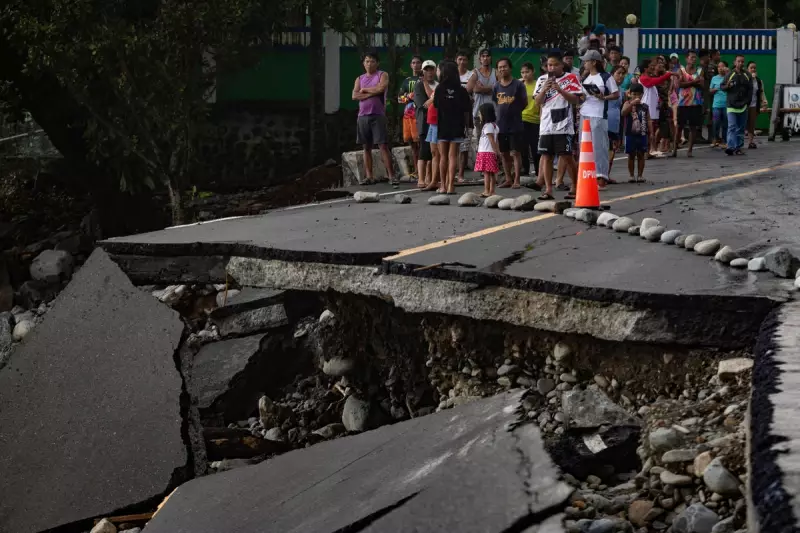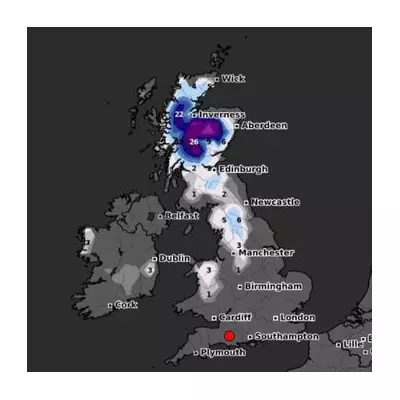
Meteorologists are issuing a stark warning that the La Nina weather phenomenon could unleash further devastating storms upon Southeast Asia, specifically the Philippines, which is still reeling from the impact of two deadly typhoons that claimed more than 250 lives.
A Nation Battered by Successive Storms
The grim forecast comes just days after Typhoon Kalmaegi and Super Typhoon Fung-wong wrought untold devastation across the Philippines. The successive storms flattened structures, displaced over one million people, and killed more than 250 individuals in total. Authorities are currently sifting through the wreckage on the nation's main northern island of Luzon.
Despite the recent calamity, a leading international forecaster has cautioned that the danger is not yet over. Jason Nicholls of Accuweather expressed his concern that the Philippines is 'not out of the water yet for another tropical impact or two' before the end of 2025, noting the country has 'already been hit two times recently'.
The Science Behind La Nina's Threat
The heightened risk is linked directly to the La Nina system, which began in October. Dr Samantha Burgess, deputy director of the Copernicus Climate Change Service (C3S), explained that during a La Nina event, the cooling of sea surface temperatures typically weakens wind shear.
This wind shear usually acts as a natural brake on hurricane formation. Its weakening creates conditions that can seed hurricanes, resulting in a 'more active and a longer hurricane season'. This mechanism is believed to have contributed to the environment that allowed Hurricane Melissa to devastate Jamaica and the Caribbean in October.
A Milder But Still Dangerous Event
Forecasters note that the current La Nina is expected to be weaker and shorter-lived than usual. Jason Nicholls stated that it 'overall should be on the weaker side', while Dr Burgess confirmed that sea temperatures are 'just below average, rather than significantly below average'.
However, the milder nature of the event offers little comfort. The historical pattern is clear: La Nina consistently brings worsening hurricane and typhoon impacts to both the Atlantic and Pacific basins. Mr Nicholls also highlighted eastern Australia as another area of concern, which often suffers 'pretty heavy rains' during La Nina periods, potentially leading to significant flooding in the late November and December period.
While the Atlantic hurricane season has been unusually quiet following Melissa, the scientific focus remains sharply on the potential for further extreme weather in the already battered Philippines and surrounding regions as 2025 draws to a close.





